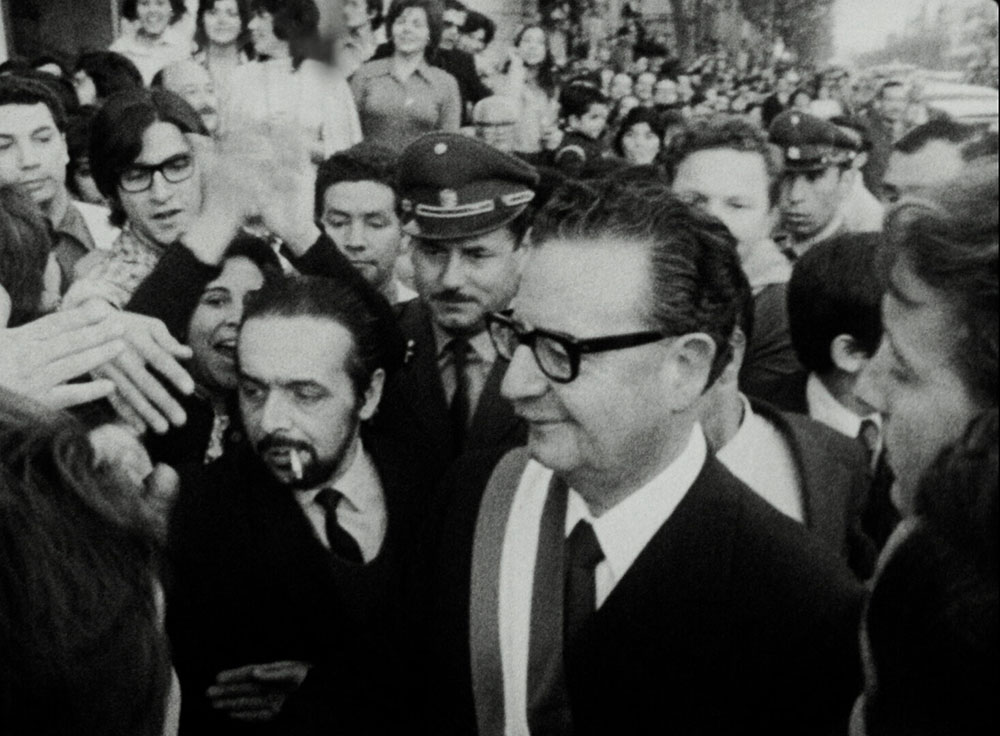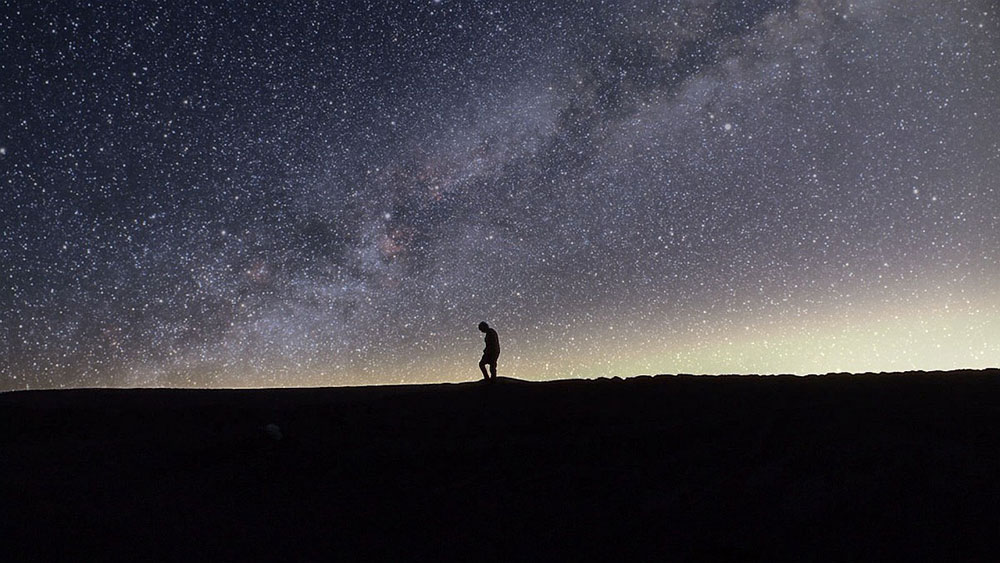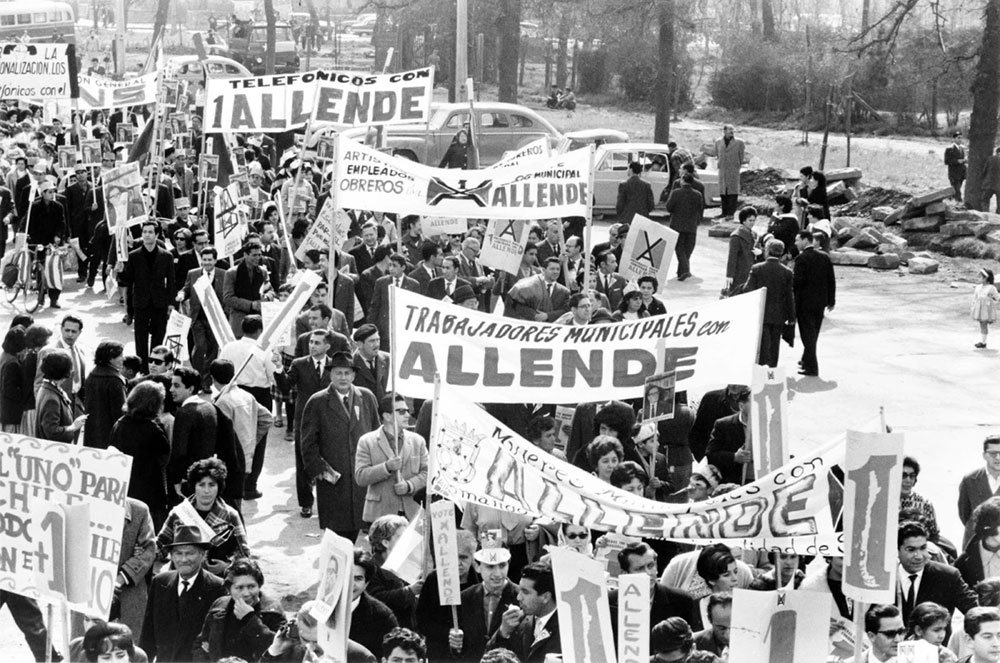September 11, 1973, marked the end of the longest-running representative democracy in Latin America. On that day, 50 years ago, military forces supported by the U.S. government and Chile’s bourgeoisie bombed La Moneda—Chile’s presidential residence—where President Allende staged a last-ditch defense of the people’s socialist government. He’d stated he would not be taken alive, and in a criminal investigation into his death carried out in 2011, the Director of Chile’s Medical Legal Service confirmed Allende had shot himself with an AK-47 Fidel Castro had given him. News of his death rippled across Latin America; it marked a crushing blow for neighboring nations with socialist ambitions and the beginning of a brutal dictatorship in Chile led by General Augusto Pinochet. Pinochet enlisted a team of economists known as the Chicago Boys who had studied under Milton Friedman and Arnold Harberger at the University of Chicago to transform the nation into a hotbed for experiments in neoliberal economic policy. Over the next 17 years, most of Chile’s land and resources were privatized, intensifying the divide between its industrial elite and working class.
Documentarian Patricio Guzmán was 32 years old at the time and had been filming the events leading up to this momentous date with four of his closest friends. Their efforts culminated in The Battle of Chile (1975–1979), a tripartite vérité epic chronicling the nation’s political U-turn. Although all of the footage was collected in Chile, Guzmán had to finish editing the film in Cuba. Once Pinochet officially took control of the country, Guzmán was imprisoned in Chile’s national soccer stadium, which had been converted into a concentration camp. Eventually, he was released and exiled. Guzmán soon adopted France as his new home and then made his way to Havana, where he was reunited with the footage he’d managed to smuggle out of Chile with the help of the Cuban Embassy and finished assembling the landmark documentary. The Battle of Chile and the films he would direct thereafter will forever act as ledgers of a history the nation’s leaders have actively tried to suppress. Chileans have long struggled against the official policy of forgetting: A plan is now in place to search for the remains of those disappeared during the dictatorship. Efforts to replace the nation’s constitution (which was authored by Pinochet) with a new one that represents the interests of its diverse population are ongoing.
In memory of the 50th anniversary of the coup, Icarus Films and Cinema Tropical are co-presenting a retrospective of Guzmán’s films that includes his first feature, The First Year (1972), remasters of the The Battle of Chile, and his newest films—Nostalgia for the Light (2010), The Pearl Button (2015), The Cordillera of Dreams (2019), and My Imaginary Country (2022)—playing at Anthology Film Archives, Brooklyn Academy of Music, and IFC Center respectively. Together, the films portray Chile’s recent history, from the moment President Allende got elected in 1970 until President Boric was elected in 2021 following a popular uprising.

The First Year, playing at Anthology Film Archives, has never screened in the United States until now. The documentary tracks the first twelve months in the presidency of Allende, who made history as the first democratically elected Marxist president in Latin America. Rather than craft a political hagiography, Guzmán opts to document how Allende’s policies—land-redistribution programs for Chile’s Indigenous people, nationalization of resources, rent reductions—went into effect by interviewing the country’s farmers, miners, fishermen, steelworkers, and activists. In so doing, he captures a vital portrait of Chile at a historic moment that he recently described as “an era full of joy, of hope, of interesting projects.”
The French filmmaker Chris Marker saw The First Year while traveling through Chile. Like many Europeans, he’d come to witness the nation’s transition to socialism. In fact, Marker intended to make a film about the transition, but upon viewing Guzmán’s documentary he realized that film had already been made. Instead, he paid Guzmán a visit, paid him for the film’s distribution rights in France, and with the help of a few friends, including the legendary Delphine Seyrig, he created a dubbed version of The First Year that played across Europe. Marker’s version is the one currently playing in New York. Although it does feel strange to hear Seyrig’s voice stand in for coal miners, the dubbed version is a powerful reminder of international solidarity among the left during a time of global political reckoning.
Marker and Guzmán kept in contact following their distribution deal. When the United States and Chile’s industrial elite amped up their political and economic warfare against Allende’s government, Marker shipped over 40,000 feet of black-and-white film stock to Guzmán. It was with this material that Guzmán and his collaborators were able to film The Battle of Chile. The three parts that comprise his magnum opus document the insurrection of the bourgeoisie in Chile, the coup d’état, and the working class’s steadfast defense of Allende’s government up until the moment Pinochet came into power. Shot using various film stocks, the documentary’s patchwork texture testifies to the political immediacy of the moment. In the trilogy’s most famous scene, in which Argentine cameraman Leonard Hendrickson films his own death at the hands of a military gunman, Guzmán stages a duel between camera and gun; the former a weapon of history and the latter of its attempted suppression.
History and its recovery through memory would remain the central theme of Guzmán’s project. Twenty years after leaving Chile, Guzmán returned to his country as it began a process of healing after Pinochet stepped down from office. Upon discovering that The Battle of Chile had not screened there in the decades since he left, he decided to show it and filmed the undertaking for a documentary titled Chile: Obstinate Memory (1997). The film, which is unfortunately not playing as part of this retrospective, shows a national moment of catharsis, as Chile’s citizens bear witness to a history that no longer registers with their reality. Chilean audiences burst into tears while watching footage of protestors rallying to prevent the coup that’s marked their lives. Their catharsis, catalyzed by one Guzmán film and captured by another, marks the beginning of a change in consciousness for the Chilean people who are still trying to piece together the many crimes that have been blotted from their collective memory.
Guzmán’s most recent trilogy brings together different atrocities in Chile’s history—Indigenous genocide, state-sponsored killings, land dispossession—through its landscape. By locating these atrocities within Chile’s most distinctive natural bodies— the Atacama Desert, the Pacific coast and the Andes mountains—Guzmán creates an intricate portrait of Chile’s history, which has been defined by the abuse of basic rights over disputed territory.

In the first film from the trilogy, Nostalgia for the Light, Guzmán focuses on Chile’s Atacama Desert. As the most arid place on Earth, the Atacama has long interested astronomists because its lack of humidity provides a clear vantage point into the cosmos. During the dictatorship, massive telescopes were built to observe celestial bodies. At the same time, the Atacama hosted one of Pinochet’s most infamous concentration camps. Many of the remains of those killed during his regime are scattered throughout the desert. In one of the film’s most memorable scenes, a woman digging for the remains of her murdered sibling wishes the telescopes pointing to outer space could invert their gaze and examine the Atacama instead in order to find the dead. It is a haunting reminder of the violence attendant to technological progress.
The remaining films in the trilogy harbor similar revelations about Chile’s landscape and its relationship to its grim history. As he’s gotten older, Guzmán appears to have shifted his attention from capturing history as it unravels to locating perennial symbols that may provide insight into Chile’s past and future. Even in his latest film, My Imaginary Country (whose immediate and shocking protest footage is reminiscent of The Battle of Chile) Guzmán prefers to take a ruminative approach over an in-the-moment one.
“Memory is our best weapon,” says Valentina Miranda, a Chilean member of the Communist Party that Guzmán interviews about Chile’s attempts to draft a new constitution. Soon after, in a scene showing the temporary removal of a graffitied nationalist statue from the Plaza Dignidad, Guzmán says, “I am beginning to see a new country.”At a site that so many young people claimed as their own during the recent protests culminating in the election of President Boric, Guzmán argues history can be rewritten through action. Memory is not only a weapon to recall past horrors and mend them, but also a way of remembering triumphs, however small, in the long struggle to build a better future.
A three-venue Patricio Guzmán retrospective runs through September 15 at IFC Center, Anthology Film Archives, and BAM.



